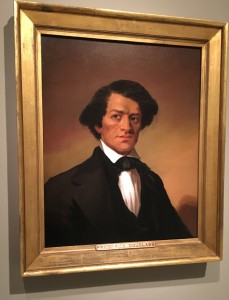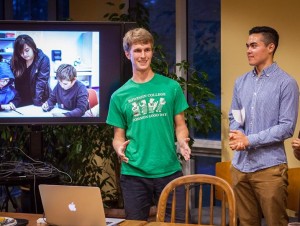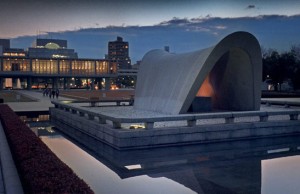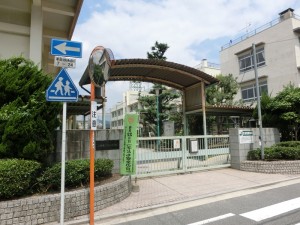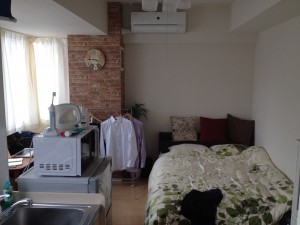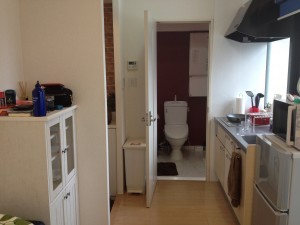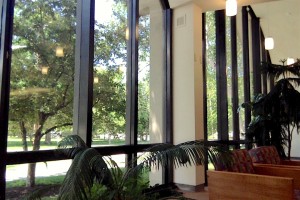Tomorrow I’m traveling for the second tine this summer, going to New Mexico with Anne Collins Goodyear to do more archival research on Chuzo Tamotzu and the exchange. While we’re there, we’ll visit Albuquerque and Santa Fe to dig through files in the University of New Mexico as well as the New Mexico Museum of Art. We also have the pleasure of meeting with the Arts Education Coordinator of Santa Fe on Wednesday, which is a particular treat because that is the position Susan B. Anderson, one of the original directors of the exchange, occupied in 1953.
Its really cool to me that I will be in the place that Chuzo lived and worked in for so many years, and that I’ll get to uncover more about what this exchange and our research means to the people of New Mexico today. I didn’t really think about the point of view of modern New Mexicans until this last week, but it seems that some people are becoming more interested as they hear about the project. I hope that the more people I get to tell about our exhibit of these drawings in the spring, the more people get excited to learn more about Chuzo and his work.
I feel like I’ve uncovered so much this summer, but I still think that there is more to be done. The exhibition of these drawings in the Bowdoin Museum of Art this spring will be an important milestone, but I hope that that isn’t the end. I feel like there’s a lot more to dig into, and maybe this trip will help inspire people to do just that!

